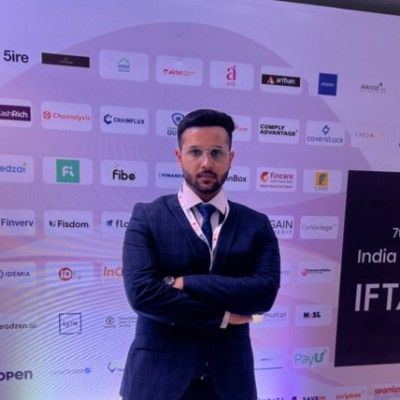1,110 reads
The Next Big Step is Web2 Integration into Web3 Ecosystems
by
December 17th, 2021
Audio Presented by

Building and Covering the latest events, insights and views in the AI and Web3 ecosystem.
About Author
Building and Covering the latest events, insights and views in the AI and Web3 ecosystem.